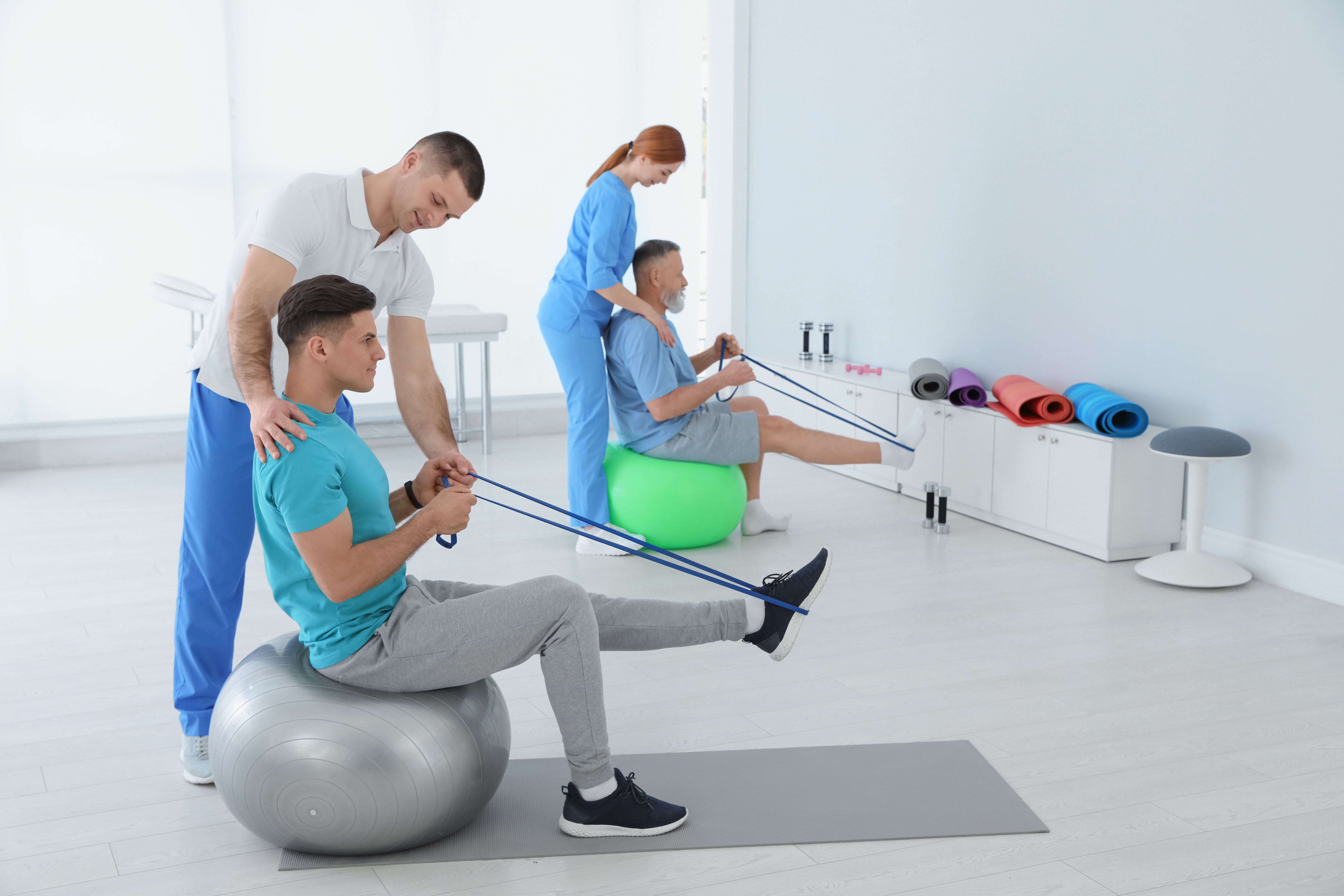Understanding How Acute Injuries Alter Athletic Execution Dynamics
Wiki Article
Sudden injuries are sudden injuries that can happen during sports or fitness activities. These traumas can significantly impact an athlete's ability and overall health. Common examples of sudden injuries include twists, breaks, and pulls. They occur quickly and frequently arise from accidents, such as falls, crashes, or improper movements. Understanding how these traumas influence athletic capabilities dynamics is crucial for athletes, trainers, and medical professionals who interact with them.
When an sportsman suffers an acute trauma, the prompt effects can be quite severe. Discomfort and inflammation are common symptoms that can restrict movement and function. For instance, a hoops player who injures an joint may find it painful to move or jog. This limitation can lead to a decrease in ability, as athletes may struggle to perform at their usual level. Additionally, the mental effects of an injury can also play a role. Players might feel anxious or fearful about coming back to their activity, which can further influence their performance.
Recovery from an sudden trauma involves several phases, including rest, rehabilitation, and gradual return to performance. The initial focus is often on managing pain and inflammation. Health providers may advise cold therapy, compression, and lifting to help with healing. Once the initial phase has passed, rehabilitation activities become crucial. These activities help restore strength, elasticity, and range of movement. Athletes need to follow a structured rehabilitation plan to ensure they come back to their activity without risk and efficiently.
The lasting effects of sudden injuries can vary. Some athletes may recover fully and return to their previous performance levels, while others may face persistent challenges. Chronic discomfort or fragility can emerge if an trauma is not adequately managed. This circumstance can lead to a cycle of re-injury or compensatory injuries in other parts of the body. It is crucial for athletes to be patient during the recovery process and to work closely with healthcare providers to address any remaining concerns.
In summary, sudden traumas can significantly alter how players compete in their activities. The prompt bodily and emotional effects can impede ability and self-assurance. Rehabilitation involves attentive handling and therapy to guarantee that athletes can safely return to their activities. Understanding the dynamics of next page acute injuries can help everyone involved in sports—from players to trainers to healthcare professionals—assist those impacted and encourage a safe return to athletic performance.
